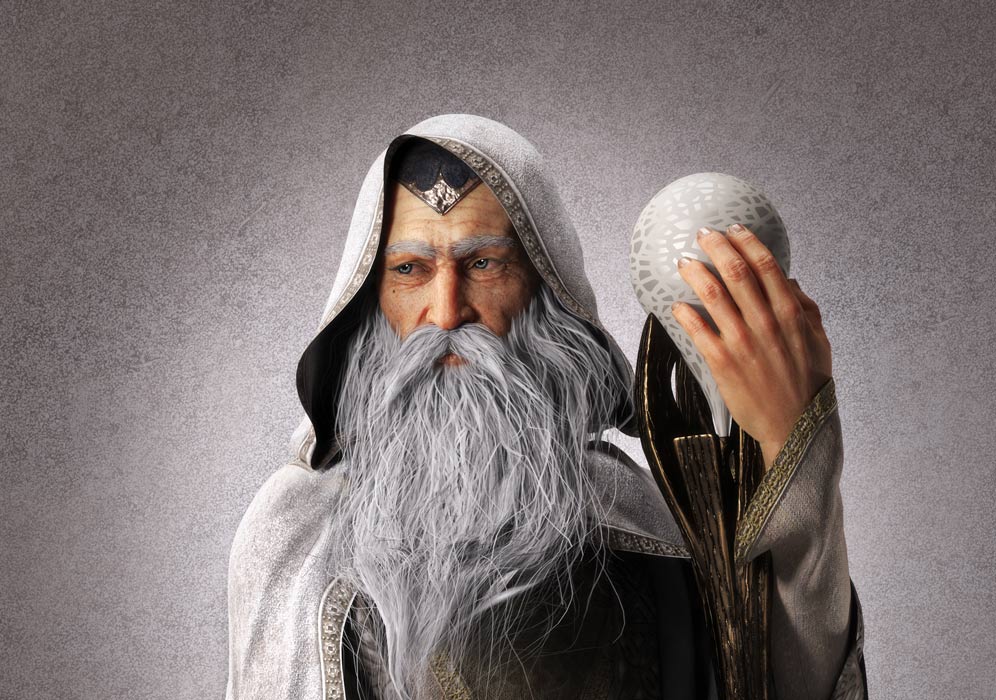A Medieval Book Cover's Hidden Story: Merlin And King Arthur

Table of Contents
The Art and Craftsmanship of Medieval Book Covers
Medieval book covers, particularly those illustrating Arthurian legends, represent a pinnacle of artistic and technical skill. The creation of these beautiful and durable objects was a complex process, requiring expertise in several crafts.
Materials and Techniques
The materials and techniques used in creating medieval book covers were as varied as the stories they protected. Consider the painstaking work involved:
- Illuminated manuscripts: Many medieval books incorporated illuminated pages, with intricate designs and gold leaf extending onto the cover itself.
- Parchment and Vellum: These animal skins provided the base for the cover, offering a durable yet flexible surface for decoration.
- Gold leaf: The application of gold leaf added a touch of opulence and symbolism, representing power and divinity.
- Pigments: Vibrant pigments, often derived from natural sources, were meticulously applied to create detailed illustrations and decorative patterns.
- Miniature painting techniques: Highly skilled artists employed techniques such as tempera and gouache painting to create miniature scenes directly onto the cover.
- Binding methods: The covers were carefully attached to the text block using sophisticated binding methods including sewing, and often secured with clasps or decorative fasteners. The differences between the covers of manuscripts (hand-written books) and later printed books are also important to note; printed books often allowed for more standardized and less costly cover designs.
The creation of these elaborate covers demanded immense skill and artistry from medieval bookbinders, who were highly valued artisans.
Iconography and Symbolism
The imagery on medieval book covers wasn't random; it was carefully chosen to convey specific meanings. The visual language used was rich in symbolism, reflecting the cultural and religious beliefs of the time.
- Symbolic representation of Merlin: Merlin was frequently depicted with attributes symbolizing his magical powers, wisdom, and prophetic abilities – perhaps a staff, a crystal ball, or other magical implements.
- Arthur's symbolism: Depictions of King Arthur often emphasized his role as a just and chivalrous king, symbolized by regalia, a sword (Excalibur, perhaps), and scenes of courtly life.
- Heraldic symbols: The use of heraldic symbols, such as coats of arms and crests, on book covers indicated the owner's social status and lineage.
- Religious imagery: Given the strong religious influence of the era, religious imagery, such as saints or biblical scenes, was sometimes incorporated, reflecting the intertwining of religious and secular narratives in medieval society.
Different artists interpreted these symbols in unique ways, leading to a fascinating diversity of styles and visual representations across different medieval book covers.
Merlin and King Arthur in Medieval Book Covers
The Arthurian cycle, with its captivating characters and epic adventures, provided rich source material for medieval book covers.
Depictions of Key Scenes
Medieval book covers frequently depicted key scenes from the Arthurian legends, offering visual summaries of the narrative.
- Arthur's birth: The miraculous birth of Arthur, often portrayed with Merlin's presence, was a popular subject.
- Merlin's prophecies: Scenes showing Merlin making prophecies, imparting wisdom, or guiding Arthur were commonly featured.
- Battles: Dramatic battle scenes, showcasing Arthur's prowess and the struggles for the kingdom, were also frequently depicted.
- Courtly life: Scenes of courtly life, illustrating the splendor and elegance of Camelot, offered a glimpse into the world of King Arthur and his knights.
- Excalibur: The legendary sword Excalibur, a symbol of Arthur's power and authority, was a recurring motif.
Unfortunately, many original medieval book covers are lost to time, but surviving examples in museums and private collections offer valuable insights into the artistic choices made in depicting these pivotal moments. (Include images if possible, with appropriate sourcing and alt text).
Evolution of Artistic Styles
The artistic styles used to depict Merlin and Arthur on medieval book covers evolved significantly over time, reflecting broader changes in artistic movements.
- Romanesque Style: Early medieval book covers often exhibited the characteristics of the Romanesque style, featuring stylized figures and geometric patterns.
- Gothic Style: Later medieval book covers embraced the Gothic style, characterized by more naturalistic representations, increased detail, and the use of vibrant colors.
- Regional variations: Regional variations in artistic styles are also evident, reflecting the diverse cultural influences across Europe.
These stylistic changes not only reflect the artistic trends of each period but also reflect broader societal shifts and changes in artistic patronage.
The Historical Context of Medieval Book Covers
Understanding the historical context is vital to fully appreciating the significance of medieval book covers.
The Role of Books in Medieval Society
Books in the medieval period were not merely sources of information; they held considerable cultural and social significance.
- Objects of power and prestige: Owning books, especially lavishly decorated ones, was a sign of wealth, power, and learning.
- Religious significance: Many books held religious texts, which further emphasized their importance in medieval society.
- Literacy and education: The production and ownership of books played a crucial role in the dissemination of knowledge and literacy.
- Monasteries: Monasteries were often centers of book production, with monks acting as scribes and illuminators.
The covers of these books, therefore, were not just protective but also symbolic, reflecting the value and status of the books they encased.
Preserving the Legacy
Preserving these fragile artifacts presents significant challenges.
- Challenges of preservation: Age, environmental factors, and past damage pose constant threats to the survival of medieval book covers.
- Modern conservation efforts: Experts are employing advanced techniques to conserve these irreplaceable objects, ensuring their longevity.
- Historical insights: The study of medieval book covers offers invaluable insights into medieval artistic practices, cultural beliefs, and the history of book production.
The ongoing efforts to preserve and study medieval book covers are essential for understanding the rich cultural heritage of the medieval period.
Conclusion
This exploration of medieval book covers featuring Merlin and King Arthur has revealed the intricate artistry, rich symbolism, and significant historical context embedded within these captivating objects. From the materials used to the iconic scenes depicted, each cover tells a story that transcends time.
Delve deeper into the world of Medieval Book Covers and discover the untold narratives waiting to be unveiled. Explore museums and online archives to learn more about these remarkable artifacts. Further research into the symbolism and artistic techniques employed will enrich your understanding of medieval culture and the enduring legacy of Merlin and King Arthur. Examine examples of medieval manuscript covers and their exquisite craftsmanship to appreciate the artistry and historical significance of these unique objects.

Featured Posts
-
 Gazas Plight Blockade Fuels Hunger Disease And Crime
May 11, 2025
Gazas Plight Blockade Fuels Hunger Disease And Crime
May 11, 2025 -
 Boston Celtics Two Players Achieve Rare 40 Point Game
May 11, 2025
Boston Celtics Two Players Achieve Rare 40 Point Game
May 11, 2025 -
 Anunoby Lidera A Knicks Con 27 Puntos En Victoria Sobre 76ers
May 11, 2025
Anunoby Lidera A Knicks Con 27 Puntos En Victoria Sobre 76ers
May 11, 2025 -
 Reviving City Centers The Role Of Sports Stadiums
May 11, 2025
Reviving City Centers The Role Of Sports Stadiums
May 11, 2025 -
 Conclave 2024 Exploring The Leading Candidates For The Next Pope
May 11, 2025
Conclave 2024 Exploring The Leading Candidates For The Next Pope
May 11, 2025
